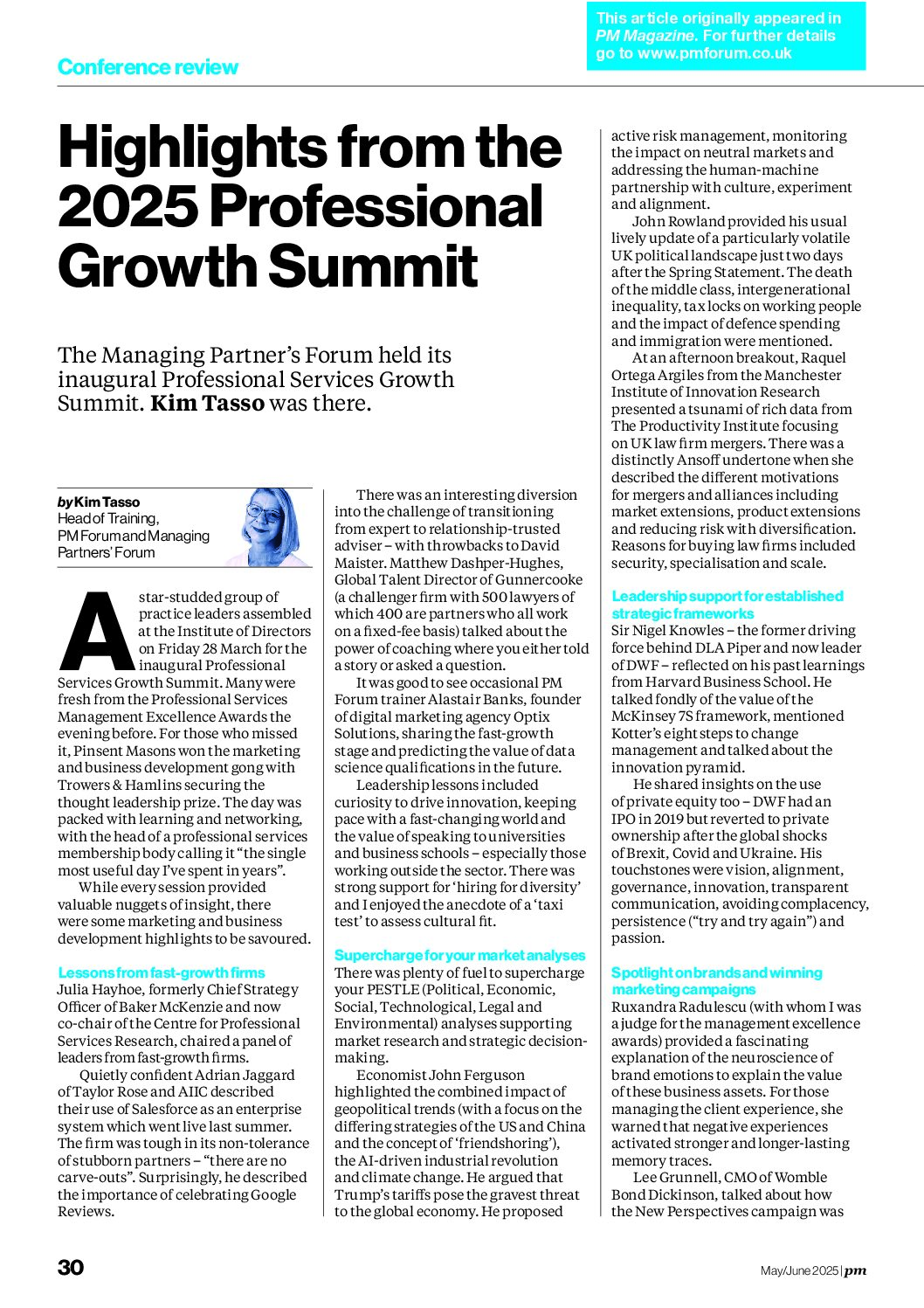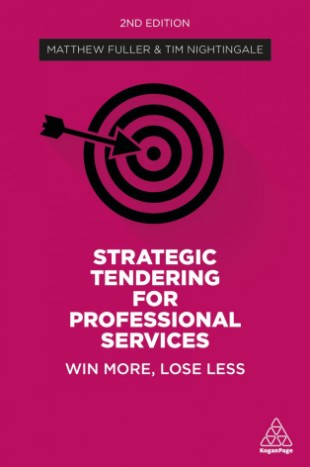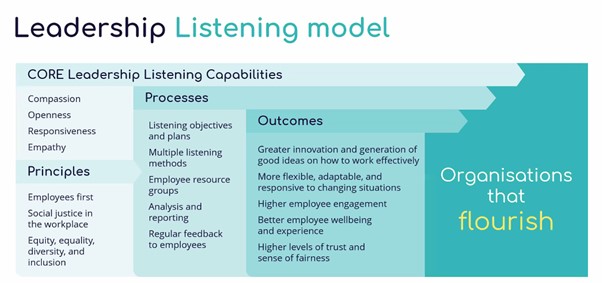At the 360 Legal Conference earlier this month I presented a short paper on this topic and here are some of the key points I covered. Please let me know if you would like further details.
Specsavers is one of the UK’s superbrands. Along with its other major chain rivals it has transformed the traditional High Street optometrist and optician market. Who would have thought that this profession could be reduced to television advertising, dramatically reduced prices and “Buy one get one free” offers. Might this provide a clue to what commoditising and innovation might do to the legal and other professions? I also mention Specsavers as one of the founding fathers of marketing, Theodore Levitt, warned companies about what he called ‘marketing myopia’ – the dangers of looking too narrowly at your market and suffering major business failures. He used the US railways as an example – who focused on their business in railways and missed the revolution in transportation that almost wiped them out.
Most in the legal community fear “Tesco Law” – a major brand with significant resources moving into the consumer legal services market with devastating effects. Actually, it now looks like Co-Op law will provide the greater threat. And the essence of this threat is disintermediation – the removal of the lawyer from a central role in the client relationship to being a sideplayer and one of many possible service providers bought in by whoever “owns” the relationship.
“Innovation is the successful introduction of a new thing or method – the embodiment, combination or synthesis of knowledge in original, relevant, valued new products, processes or services” (Luecke and Katz)
Few professional firms dedicate resource to innovation but “Innovation, like many business functions, is a management process that requires specific tools, rules and disciplines” (Davila) and therefore should be considered alongside other disciplines such as marketing, finance and human resources. There are numerous processes and tools that can be used for this purpose.
Commoditisation is not new. Maister talked about the differences between brain, grey hair and procedure legal services over a decade ago. Susskind’s work on the evolution of legal services shows how legal services can transform from: bespoke, standardised, systemised, packaged until commoditised and he also suggests that innovation might take place in the recognition, selection and service stages of the client chain.
There are many examples of firms stepping along the Susskind trail and in the presentation I considered examples from Veale Wasbrough, divorceonline, Nelsons, Mogers, Lawoptions, Cybersettle, Landlord-law and Pinsent Mason.
I then talked through my own model of the sources of innovation ideas. This suggests that ideas for innovation might come externally from client research (satisfied clients, dissatisfied/lost clients and new clients), competitors (within and outside the legal profession), staff, mavericks and technology advances and internally from cost cutting and efficiency reviews, service mapping and re-engineering, niche market, specialist services and collaboration. And it might be applied to marketing, legal advice (production and delivery), service, relationship and price/payment.
I then considered a couple of the tools that I had successfully deployed in law firms including: client classification, segmentation, market mapping, service mapping and service blueprinting. With a few thoughts on innovation in pricing and payment structures I ended with a process for managing new product development and some thoughts about how there might be a revolution in legal commodities in the mobile/smart telephone market. And it was with great interest that I noted just today that the first legal (conveyancing quote) iPhone app was launched by Barnetts solicitors.









